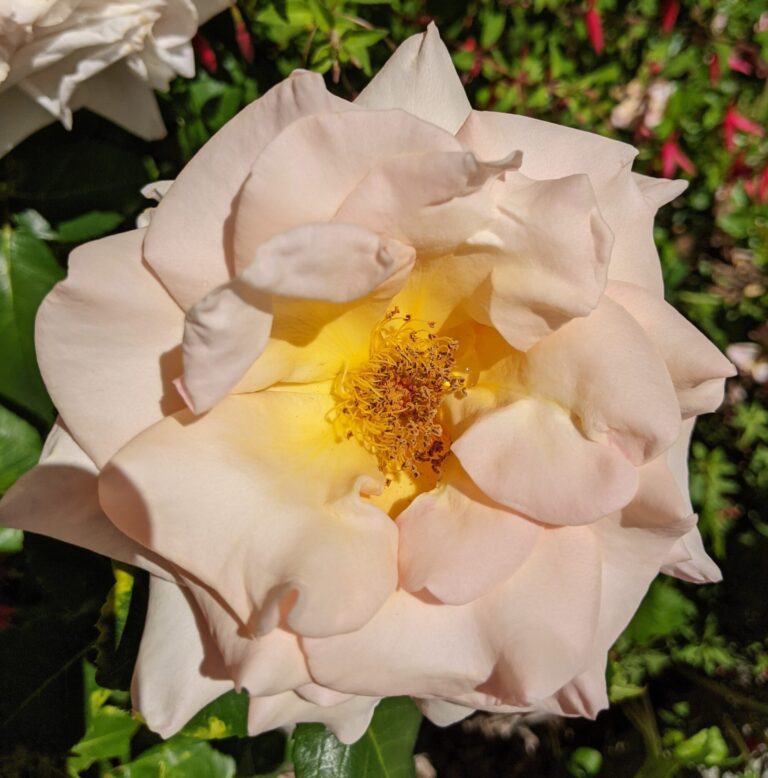How to prune your climbers for more blooms
Most of the same pruning procedures apply to climbing roses as to your other roses, but there are a few growth differences that shape the growth of more blooms. Here’s a short post to show the 2 types of canes and get you started on the way to larger & more blooms across a larger bush.
Climbing roses have 2 types of canes, mains and laterals.
The thinner lateral canes are the ones that produce the flowers and pruning them will encourage more blooming.
The thick main canes come directly from the base and should never be pruned. If energy is spent on regrowth of the main canes, it will not flower. Climbers put their energy into growing first and flowering second.
The thinner lateral canes are the ones that produce the flowers and pruning them will encourage more blooming.
There’s no need to fuss about pruning stems toward the outward-facing buds, as shaping a climbing rose this way is unnecessary.


And you can make a trellis out of a lot of scrap materials, like the one below made by a clever blogger out of 6 foot pallets painted to integrate with the 5 foot gate.
Here’s a well-trimmed climber set against a fence.

Lateral or horizontal canes are attached loosely to the structure of the fence, while vertical canes growing from them grow and bloom vigorously as they reach for sunlight. That’s heliotropism at work.
If you can train the largest of the new canes to stay horizontal at the end of the season, then they’ll generate next year’s crop of vertical blooming shoots. And this is not to say the laterals won’t bloom either, but not as much compared to the new vertical shoots.
2 bold examples
Check out the apple tree on the right that’s been trained into a formal espalier like a climbing rose, but on a wall. In that picture, you can more easily see the vertical flowering shoots. The left image is of a diamond patterned espalier. Very formal French and very labor intensive. Note the ‘Y’ trunks.
Sources: Wikipedia, Reluctant Entertainer









